Description
Queen’s Parlour
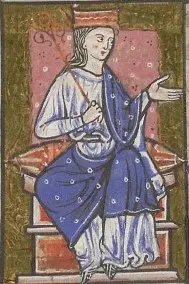
The large outcrop of pink sandstone rock just south of the Hermitage and well visible from the town is called the Queen’s Parlour. This curious name could be from a fairy Queen’s castle in which she had her parlour. Or it more likely it could be connected with Æthelfleda, lady of the Mercians, who raised a mound where Bridgnorth is today, in 912 as part of her offensive policy against the Danes.
Hermitage
The rock-cut Hermitage at to the north of the Queen’s Parlour lies on a steep hill just south of the Wolverhampton road and less than a mile east of the town. The Hermitage lies in ruins now, destroyed by the passage of time and, it is said, by the fires of its temporary occupants, the homeless poor.
However what remains is still impressive. The Chapel is still extant, although the front end is now gone, and the stairs, which used to ascend to the upper chamber, are still there, but go nowhere as the upper chamber has disappeared.
The Hermitage was so-called because it was here that Aethelward or Aethelard, a Mercian prince, retired here for a short time as a hermit before his brief reign. In 924ce he came here to reside in solitude and contemplation. He was interested in literary matters as well as ancient customs and was a grandson of Alfred the Great, which meant that he had Welsh blood as this royal line had intermarried with the Welsh and Cornish royal families. Three of his sisters became nuns and his aunt was none other than Queen Æthelfleda, whose ability to repel the fearsome Danes renders impotent many a modern male ego! Indeed it was Æthelfleda who established a Burgh at Bridgnorth. The Hermitage therefore has strong royal links and, given Aethelward’s study of traditional lore, it would seem that it attracted someone with an interest in the main study of all folklore, that is magic.
Witches
However it wasn’t just in Saxon times that this cave attracted magical folk. Not only were there two Witches’ Caves but also some mysterious stairs seen by some and not by others.
Unfortunately the Witches’ Cave nearest the Hermitage has lost its entrance, but the interior still remains open and exposed to the elements. The Witches Cave lay side by side with that of the Hermitage, and therefore this was a clear example of the “wise woman” tending the Sacred Site, often found for instance at holy wells. It emphasises the fact that the Hermitage may have been cut in an earlier pre-Christian age. We often find that rock-cut Hermitages are associated with holy wells or rock outcrops of particular sanctity and in the case of this one both associations are true. They also line the ancient route ways, indeed the main Roman road following a prehistoric route from mid Wales to the Midlands ascends Hermitage Hill by or near the present main road.
In between the Queen’s Parlour and the Hermitage Cave are some more curious rock-cut shelters. This is the likeliest site for the second Witches’ Cave which tradition records was on a cliff face opposite the other. The effect of one of these caves can only be described as resonant and powerful. Witches who lived here (probably at different periods) tended to be either malevolent or kindly. The unkind one demanded a Witches Toll, for she had power to stop any horse on Hermitage Hill. Conversely, the other witch could change into any shape she wished, most often into a cat or hare, in which latter form she was once chased across a meadow near the River Severn down below, but never caught. Perhaps she was protected by the power of the river Goddess, Sabrina, whose name derives from “white” and whose mythic origin in Geoffrey of Monmouth refers to her mother’s milk-white countenance.
These witches were probably not there at the same time as the hermits, who are recorded as having lived there in 972ce and from 1328 to 1346ce. However, both before and after these hermits, it seems likely that this site was a druidess-cum-witch sacred site as caves so often are. The sacred well (such wise women often guarded) lay just behind the Hermitage, over the top of the rocks behind and just within a field there; it was known as the Hermit’s Well but may have had a more feminine name in its past.
The ancient Forest of Morfe in which these sites lies has ancient names proving the pagan leanings or our forebears. Heathensditch lay nearby and gave its name to Heath Farm at Quatford; and to the north of this in the field by Forest Oak (the last remaining large oak of Morfe Forest) is the Witches Field, suggesting that witches met here by this ancient oak.
Forest folk are well known for their conservatism so it’s no surprise that these prehistoric rock shelters are so well preserved. Furthermore, by Worfield Church is St Peter’s Holy Well, lying itself by a rock-cut shelter where a lady lived and acted as guardian. So within this ancient forest we have at least three examples of witches or wise women guarding the sacred sites, and in the gorge at Sowdley Rocks to the south west of Worfield is a fourth; a witch lived in a cave in this beautiful gorge with its rock shelter.
Tunnels
In 1989, extensive research was carried out on the caves by members of the archaeology unit at Birmingham University. They tried to establish their uses and methods of construction, but were hampered because many of Bridgnorth’s town records had been destroyed.
The archaeologists concluded that the caves were probably man-made and some had been used as homes.
Others had commercial uses and some were believed to have been linked by tunnels.
They also believe that some of the caves have yet to be discovered.
The tunnels are said to lead to a passage under Sabrina (the river) herself where a chest of treasure may be found. Incidentally, the Hermitage itself was also said to have treasure hidden within its depths.
Legend has it that the tunnels emerge at Bridgnorth Castle, in cellars under Hoards House north of the town and at the old Friary near the banks of the River Severn.
Many times the tunnels have been dug for but not found, but there have been many records of the tunnels being seen by some. An example of an earth mystery little understood in these times. Many caves have legends of musicians who disappear into their long tunnel systems. It’s likely that the entrances to the tunnels at the Hermitage are not seen as they form a link to the otherworld.


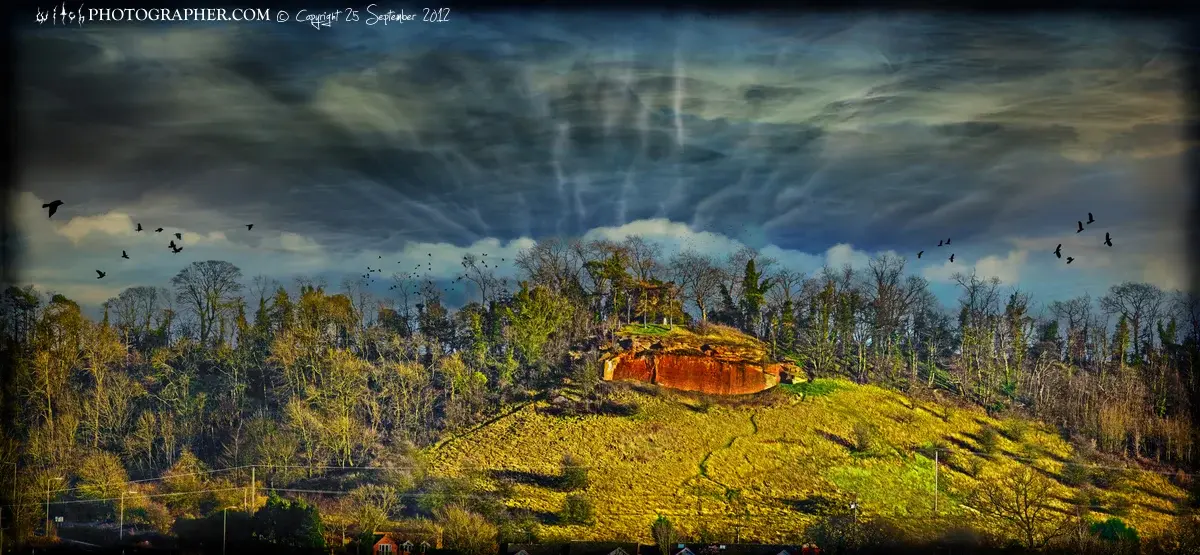
 Click a section to zoom in. These are
Click a section to zoom in. These are 
































































































































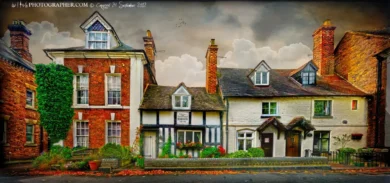


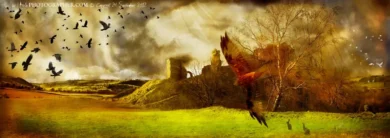
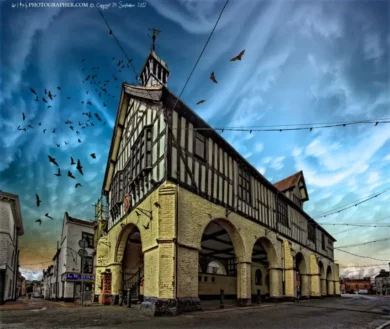
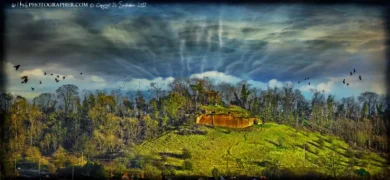
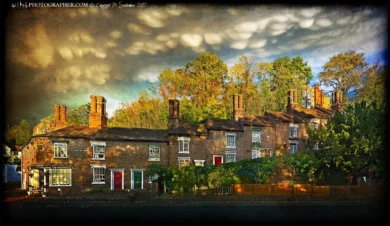

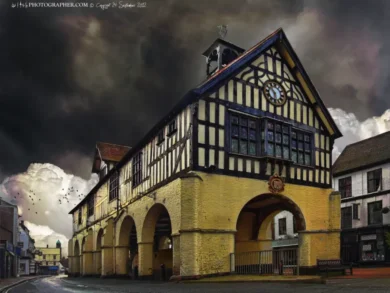


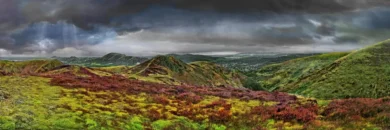

Reviews
There are no reviews yet.